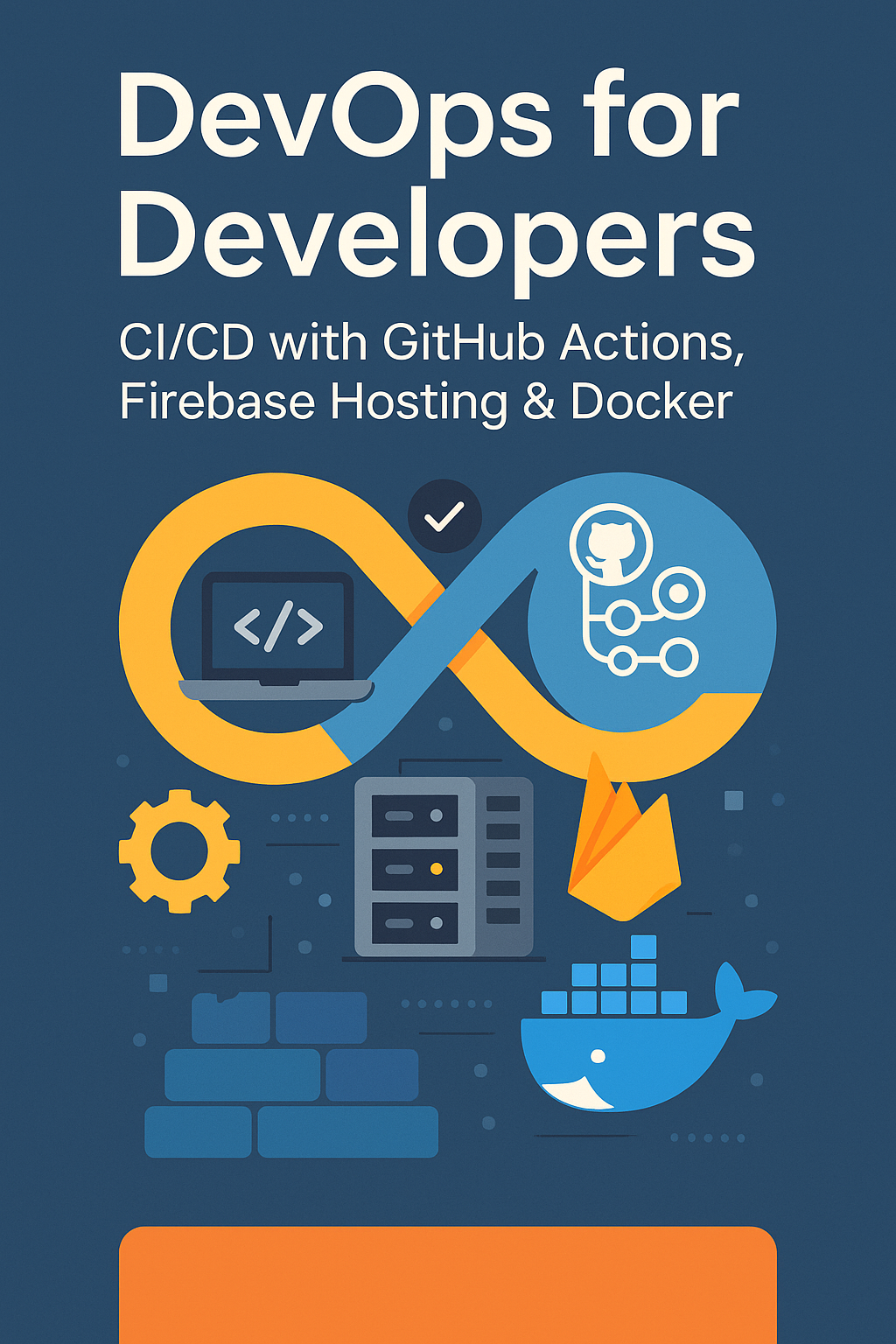
Introduction
When your system grows into multiple microservices, keeping track of everything becomes a challenge. You need to know when a service fails, when response times spike, and what logs reveal before users notice a problem.
That’s where Prometheus and Grafana come in. Together, they form one of the most powerful open-source monitoring stacks for microservices.
In this post, you’ll learn how to set up Prometheus for data collection and Grafana for visualization — plus best practices for logging and alerting.
Why Monitoring Microservices Is Critical
Microservices are distributed by nature. While this brings scalability, it also increases complexity.
Without proper monitoring:
- A single failed service can cause cascading errors.
- Debugging becomes harder when logs are scattered.
- Scaling issues may go unnoticed until production crashes.
Monitoring gives you visibility. Logging gives you insight. Combining both ensures reliability.
What Is Prometheus?
Prometheus is an open-source monitoring tool designed for collecting and storing time-series metrics. It pulls data from your services using HTTP endpoints called exporters.
Key Features:
- Time-series database for metrics.
- Built-in alerting rules.
- Powerful query language (PromQL).
- Easy integration with container platforms like Kubernetes.
Example metric endpoint:
# HELP http_requests_total Total number of HTTP requests
# TYPE http_requests_total counter
http_requests_total{service="orders"} 3452
http_requests_total{service="users"} 2798
Prometheus scrapes these metrics regularly and stores them for analysis.
What Is Grafana?
Grafana visualizes metrics collected by Prometheus (and other sources).
You can build dashboards, set alerts, and track performance in real time.
Common Use Cases:
- Monitoring API latency.
- Tracking resource usage (CPU, memory, network).
- Alerting on failed deployments or unusual traffic.
Grafana connects directly to Prometheus with a few clicks, letting you query and display data interactively.
Setting Up Prometheus and Grafana
1. Install Prometheus
Download and start Prometheus using Docker:
docker run -p 9090:9090 prom/prometheus
Add your service endpoints to the prometheus.yml config file:
scrape_configs:
- job_name: "microservices"
static_configs:
- targets: ["localhost:8080", "localhost:8081"]
2. Install Grafana
Run Grafana in Docker as well:
docker run -d -p 3000:3000 grafana/grafana
Login at http://localhost:3000 (default user: admin / admin), then:
- Add Prometheus as a data source.
- Create your first dashboard and visualize metrics.
3. Add Alerts
In Grafana, configure alerts to notify you via Slack, email, or PagerDuty when metrics exceed thresholds.
Logging for Microservices
Monitoring tells you what happened — logging explains why.
Use centralized log aggregation tools like ELK (Elasticsearch, Logstash, Kibana) or Grafana Loki to collect logs from all services.
Best Practices for Logging:
- Use structured logs (JSON format).
- Include service name, timestamp, and request ID.
- Avoid sensitive data in logs.
- Set log levels (INFO, WARN, ERROR) for clarity.
By combining logs with Prometheus metrics, you get a complete view of both performance and behavior.
Best Practices for Monitoring
- Use labels in Prometheus metrics to separate services and environments.
- Build Grafana dashboards per service and one global “health overview.”
- Alert on trends, not single spikes.
- Store metrics in a long-term database (Thanos or Cortex).
- Monitor your monitoring — make sure Prometheus itself is healthy.
These habits turn reactive troubleshooting into proactive maintenance.
Final Thoughts
Prometheus and Grafana make it easier to observe complex microservice systems.
Prometheus collects the data, and Grafana turns it into insight — together, they create a complete observability stack.
Start small: monitor one service, then expand. Add logging next to correlate metrics with real events.
To learn how this monitoring fits into a larger architecture, check out Circuit Breakers & Resilience Patterns in Microservices.
For deeper technical guidance, visit the Prometheus documentation.


